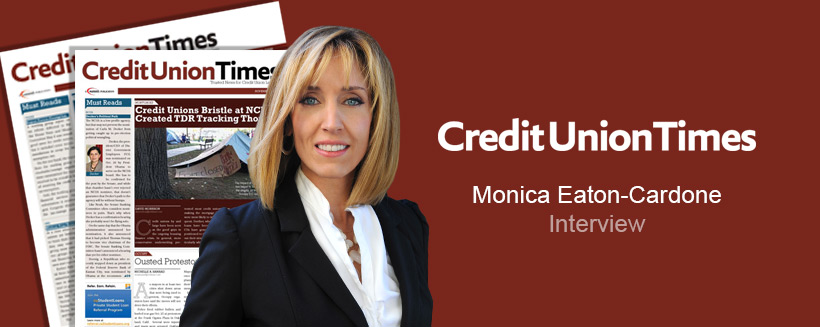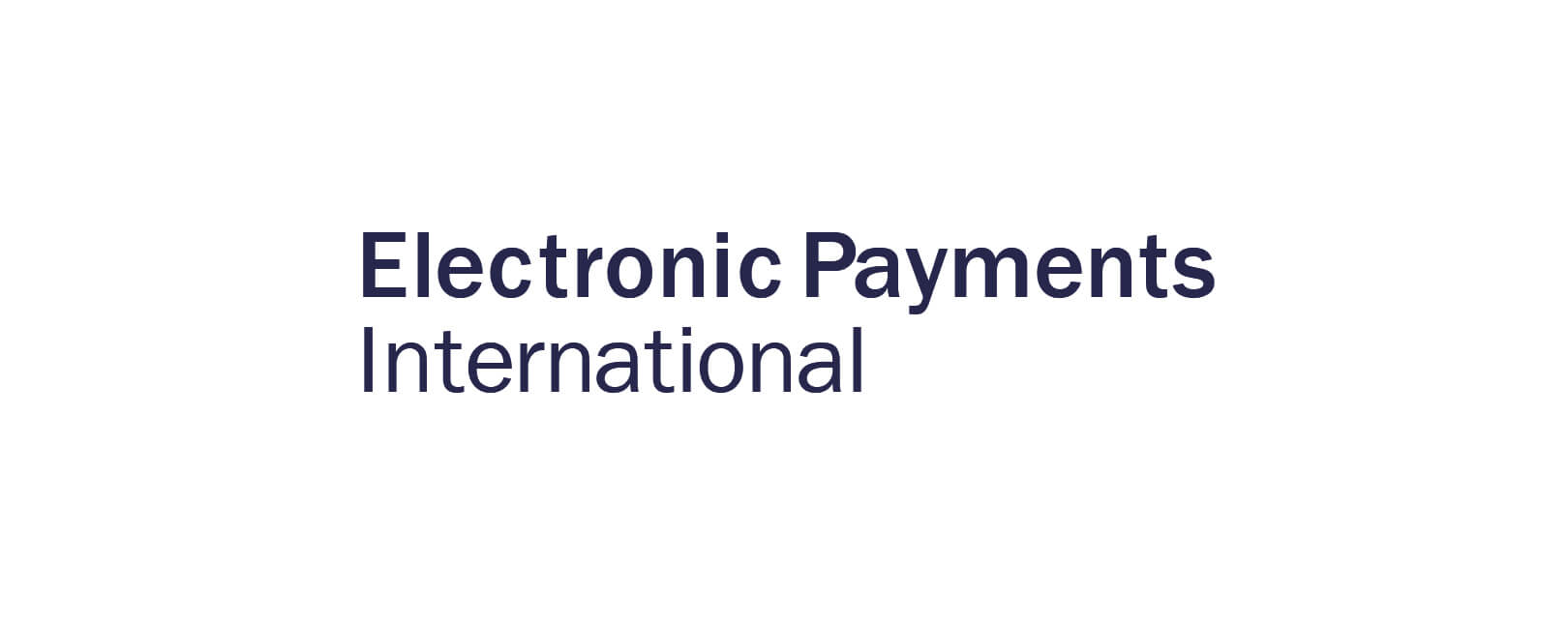The deadline for the shift to EMV in the US is October 2015. This will make it that much harder for fraudsters to exploit brick and mortar retailers using fraudulent credit or debit cards. It has been predicted by experts, including our COO, Monica Eaton, that the implementation of EMV to the US will result in the movement of fraudulent activity to other channels such as online, resulting in the increase of fraudulent transactions by the cardholders themselves in the form of chargebacks, otherwise known as 'friendly fraud'.
Chargebacks911® founder and COO, Monica Eaton was recently featured in a Credit Union Times article in which she discussed the affect of the shift to EMV on friendly fraud and where the responsibility lies in regards to combating fraudulent chargebacks. Some excerpts from the interview are below. You can read the entire article here.
In cases of friendly fraud, one chargeback is actually worth one and a half chargebacks, because 50% of cardholders who don't get caught will do it again within 60 days.
Chargebacks occur when cardholders call their issuers to request a refund for a purchase made on their credit card when they have a merchant dispute. Issuers typically handle the dispute resolution and pass the cost of the refund on to the merchant, crediting the cardholder’s account.
But increasingly, cardholders are requesting chargebacks for things that can no longer be returned or that they simply don’t want anymore. This so-called friendly fraud is mushrooming – growing 41% a year, according to Eaton – and online shopping is greasing the skids.
Monica moves on to discuss how financial institutions are feeling the pressure from anti-fraud regulations and the shift to EMV and that card issuers should do more to help prevent friendly fraud.
Issuers and merchants have long been pliable with chargebacks because dispute-resolution time often gets a lot of weight in cardholder satisfaction measures, Eaton said. But anti-fraud regulations and EMV are putting pressure on financial institutions to scrutinize transactions more carefully now.
One of the biggest things card issuers can do is contact the merchants. When a cardholder claims he or she never received a product, for example, the issuer might call the merchant and find out there was a tracking number and a delivery signature, she said.









